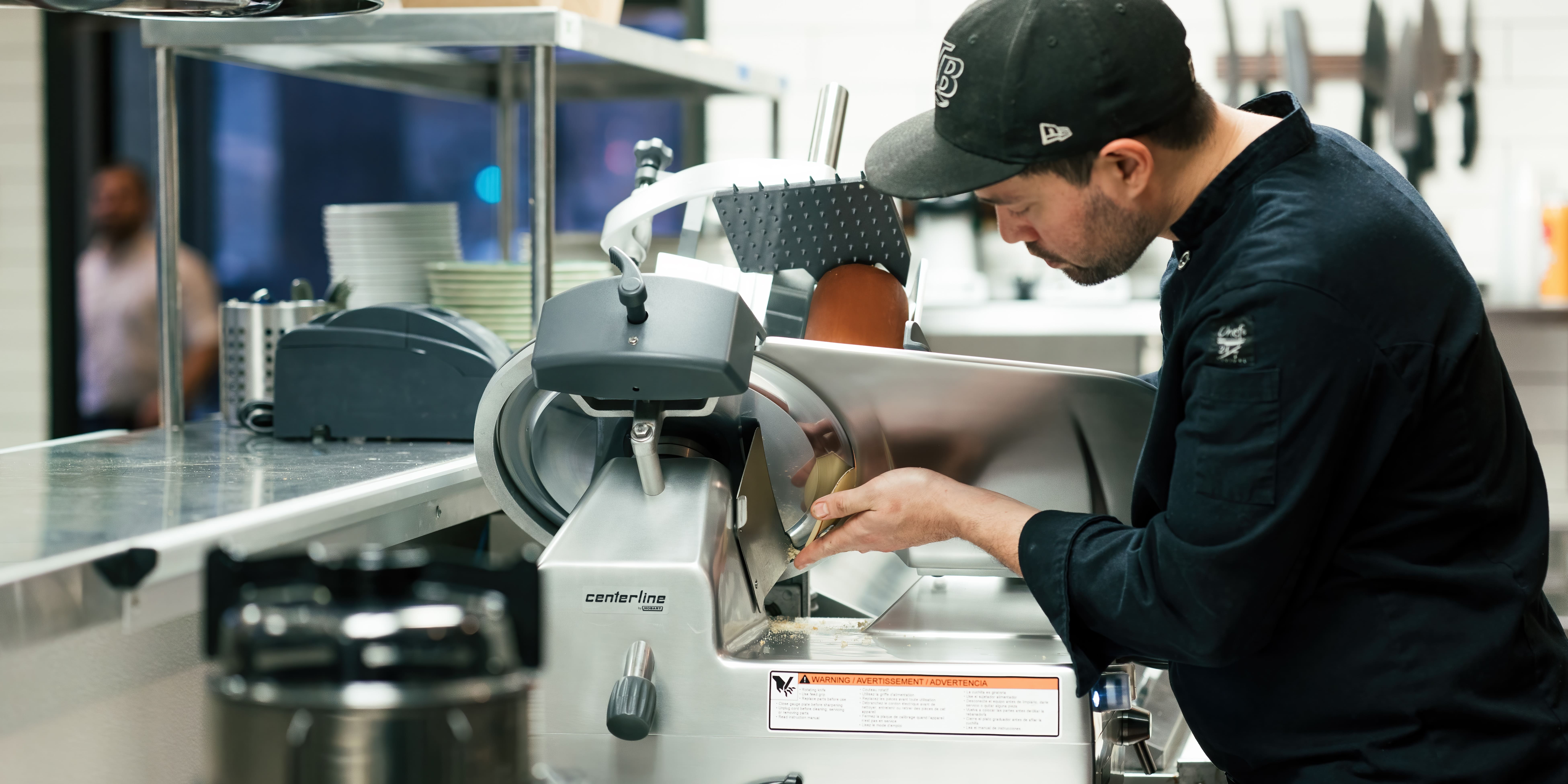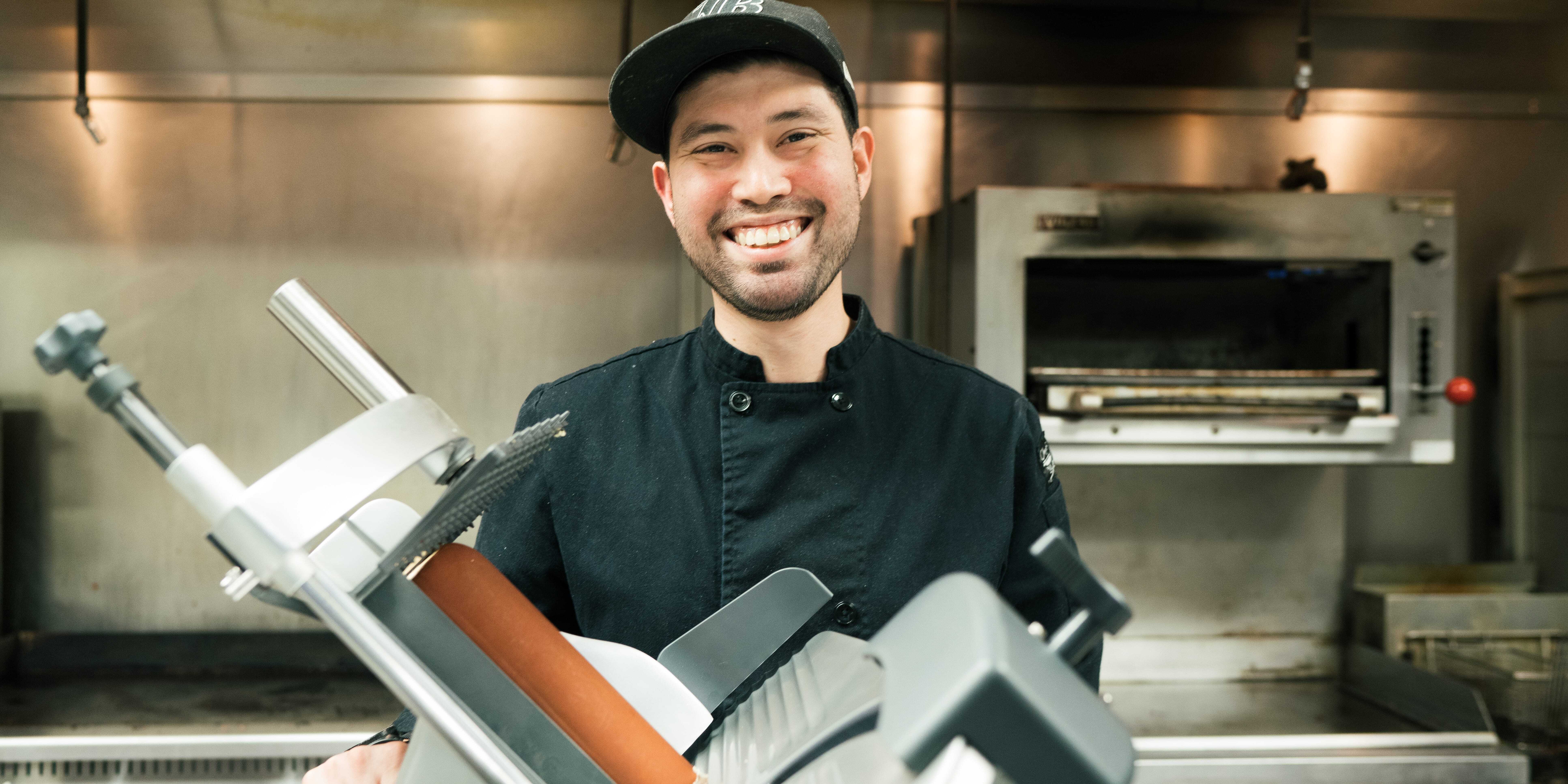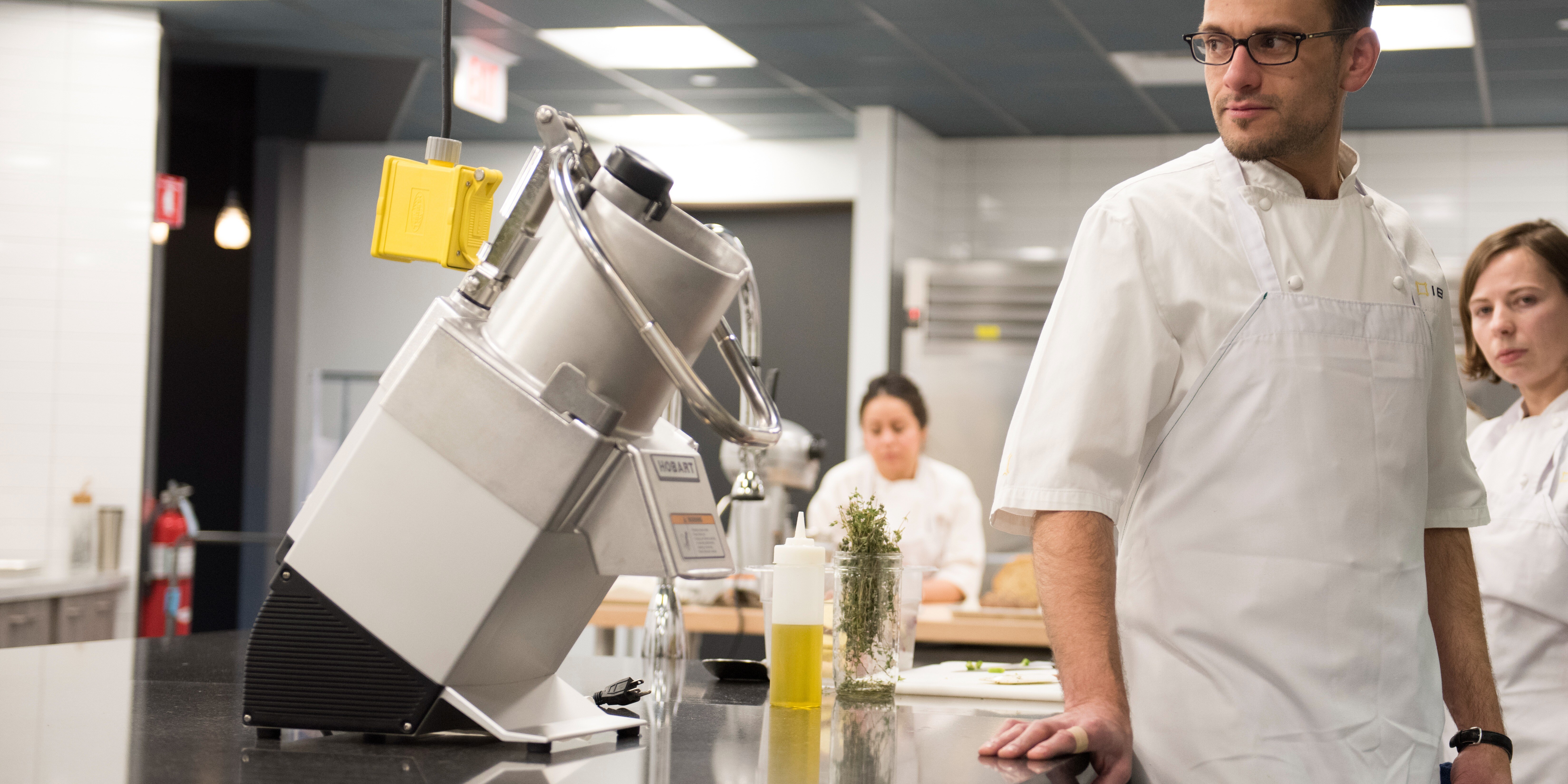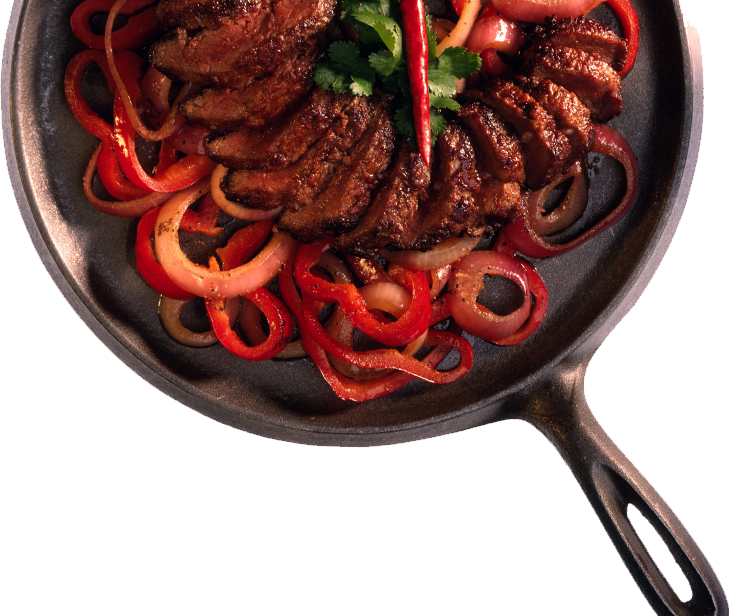Choosing the best food processor for your kitchen depends on the capabilities and what the processor will be used for. A bakery or restaurant may have different needs than a K-12 cafeteria, for example. Let’s dive a little deeper into each of these two common types of commercial food processors and their features, benefits and application possibilities.
Types of Food Processors
From fruit and vegetables to nuts and cheese, a continuous feed food processor is great for tackling large quantities of ingredients in no time. Hobart offers these food processors in multiple sizes, allowing you to process smaller volumes of product — for example, 11 pounds per minute, which equates to a production capacity of 400 meals daily — up to 88 pounds per minute or a production capacity of 3,000 meals per day. Options for production capacities in between these quantities are also available. This heavy-duty style food processor offers an assortment of cutting tool options that can:
- Slice
- Dice
- Grate
- Shred
Need to quickly slice strawberries for pastries? Easy. Want thin cut apple slices for tarts? No problem! This style processor can take a bit longer to clean, though, so if you have low-volume preparation needs, it may not be best suited for you. But in jobs that require processing larger volumes, continuous feed food processors offer significant time savings. A bowl-style food processor is a compact, countertop food processor that can:
- Chop
- Mince
- Mix
- Emulsify
This style is perfect for whipping up aromatic butter, chopping nuts or seeds for pastries, and mixing dough for a pie or cheesecake. Operation is easy too. Just select the ingredients, and the run-time determines the ending texture. Hobart bowl-style food processors are available in 4- or 6-quart capacities.
While there are benefits to each of these food processors, in the end it’s what would make the right fit for you. First consider what you make in the kitchen — and how much you produce — to select the right style for your needs. It’s a tool that can save time and money, while helping you create fresh, high-quality foods.Learn more about Hobart food processors and their capabilities here. This article is the second in a two-part series focused on food processors. Read article one, Is your kitchen equipped with the right food processor?.
About the Author
 Megan Gray is the product line manager for Hobart – Food Preparation Products. She has been with Hobart since 2017 and specializes in Hobart meat room, specialty and food processing equipment. See all her blogs here.
Megan Gray is the product line manager for Hobart – Food Preparation Products. She has been with Hobart since 2017 and specializes in Hobart meat room, specialty and food processing equipment. See all her blogs here.


.jpg)


-min.jpg)





